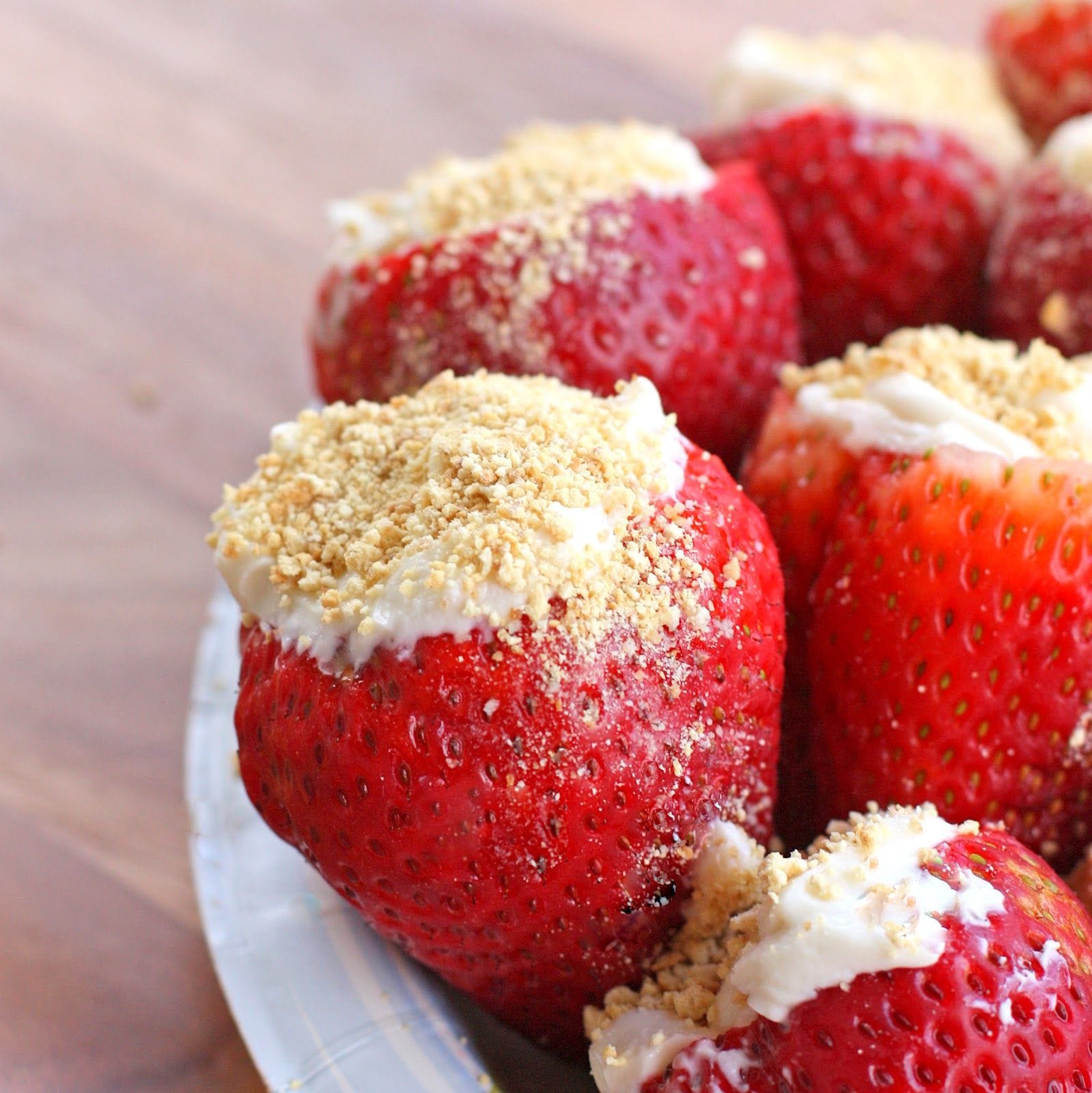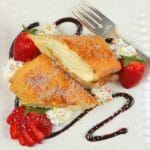Picture this: a creamy, velvety delight that melts in your mouth, leaving behind a symphony of sweet and tangy flavors. That’s cheesecake, a dessert that has tickled our taste buds for ages. Let’s travel back in time and uncover the fascinating journey of this culinary masterpiece, from its humble roots to its present-day fame.
A Slice of History: Tracing Cheesecake’s Origins
Ever dug into a creamy slice of cheesecake and wondered about its beginnings? You might be surprised to learn that this decadent dessert has a history as rich and layered as its flavor. We’re talking ancient times, folks!
Our journey starts in Greece, way back in the 5th century BCE. Imagine this: philosophers debating big ideas, and alongside their scrolls, they’re enjoying early versions of cheesecake. We don’t have all the details, but writings from that era tell us cheesecake was already a thing. This wasn’t your modern New York-style slice; this ancient treat probably had a coarser texture and relied on honey for sweetness.
Cheesecake predates the Colosseum: Evidence suggests this beloved dessert was enjoyed in ancient Greece over 4,000 years ago, long before its modern iterations. The oldest known form of cheesecake likely originated even earlier than the 5th century BC, as suggested by the writings of the Greek physician Aegimus. His book on cheesecake making (πλακουντοποιικόν σύγγραμμα—plakountopoiikon sungramma), while lost to time, indicates a well-established culinary tradition.
More than just a dessert: Early cheesecakes were likely more than just a treat. Some speculate they were used in rituals, and there’s a theory they were even served to athletes during the Olympic Games for an energy boost, highlighting their cultural importance in ancient Greece.
Like any good recipe, cheesecake’s fame spread. The Roman Empire, with its knack for embracing good taste (literally), adopted cheesecake into its culinary repertoire. As the Roman Empire expanded, so did the reach of cheesecake.
Cato the Elder, Cheesecake Connoisseur: This Roman statesman, known for his pragmatic writings, included not one, but three cheesecake recipes in his agricultural treatise, “De Agri Cultura” (2nd century BCE). These recipes, intended for religious offerings, demonstrate that cheesecake’s reach extended beyond Greece and into Roman practices.
The Cheesecake Family Tree: A Journey Through Time and Taste
Fast forward to 15th century England. Cheesecake had made its way across Europe and finally earned the name we know and love today. This wasn’t just a simple hand-me-down recipe, though. Europeans, ever the innovators, tweaked the formula. Yeast, a common ingredient in earlier versions, was phased out. In its place? Beaten eggs, creating that smooth, rich texture cheesecake is known for.
And so, the cheesecake saga continues. Today, it’s a global phenomenon, with each culture adding its own twist. Whether it’s the dense decadence of New York-style, the airy lightness of Japanese cotton cheesecake, or countless other variations, one thing remains constant: cheesecake’s ability to transcend time and taste.
The Cheesecake Family Tree: While we may relish the New York-style today, cheesecake boasts a diverse family of global variations, each flavored by its unique cultural journey:
- Italian Ricotta Cheesecake: This variation often features a crust made from cookies or pastry crumbs and a filling that prominently includes ricotta cheese, lending a slightly grainy but delicate texture.
- German Käsekuchen: This cheesecake often relies on quark, a fresh, unaged cheese, giving it a distinct tanginess. It can be baked in a pastry crust or enjoyed without a base.
- Japanese Cotton Cheesecake: Known for its incredibly light and airy texture, this cheesecake gets its cloud-like quality from using fewer eggs and incorporating meringue or whipped egg whites into the batter.
Are you trying to find out more about different types of fish that can be kept with goldfish? If so, you should check out this article on what fishes can be kept with goldfish. You might also be interested in wristbands for mosquito repellent, which can help you stay protected from mosquitoes while you’re enjoying the outdoors.
- Discover Long Black Pepper: Flavor & Health Benefits - April 25, 2025
- Shocking Twists: The Grownup Review: Unreliable Narration - April 25, 2025
- A Quiet Place Book vs Movie: A Deep Dive - April 25, 2025
















